
In this month’s Mortgage Market Update, we’ll look at current mortgage rates and how they’ll likely be trending in the coming week, as well as trends in the home building industry.
Rates are staying neutral right now, and will likely remain that way throughout the next seven days. However, rate volatility could potentially be high this week. This is due to the Federal Reserve releasing a big piece of news this week. The FOMC minutes will get the most attention but after last week’s string of “hawkish” comments from voting members, we’re very interested to see if that trend carries through this week or if we get contradictory “dovish” comments. We’ll also hear about oil and CPI data this week, which could influence how rates move.
Mortgage Rate Forecast
- Currently Trending: Neutral
- This Week’s Forecast: Neutral
- This Week’s Potential Volatility: High
The bottom line is, if you’re currently weighing the risks and benefits of locking your interest rate in today vs floating your loan rate, you should contact your mortgage professional ASAP to discuss it with them. They will have the most accurate and up-to-date data and can help you develop a smart strategy for choosing a home loan and locking in a rate.
Home Builders Remain Confident
As for the home building market, inventory continues to be the one thing holding supply so far behind demand. It has been reported continually that the number of available (quality) homes that buyers want are selling fast. So, how do you increase inventory? You build it.
U.S. home builders are feeling positive about the current housing market, and their level of confidence hasn’t dropped in four months. A monthly index of sentiment by the National Association of Home Builders (NAHB) registered 58 yet again in May. Any reading above 50 means that there are more builders who feel positive about the housing market than there are builders who feel negative.
“Builder confidence has held steady at 58 for four straight months, which indicates that the single-family housing sector remains in positive territory,” said NAHB chairman Ed Brady, a home builder and developer from Bloomington, Illinois. “However, builders are facing an increasing number of regulations and lot supply constraints.”
Of the three index components, both current sales conditions and buyer traffic were unchanged at 63 and 44, respectively. The index measuring sales expectations over the next six months rose three points to 65.
“The fact that the future sales expectations rose slightly this month shows that builders are confident that the market will continue to strengthen,” said NAHB chief economist Robert Dietz. “Job creation, low mortgage interest rates and pent-up demand will also spur growth in the single-family housing sector moving forward.”











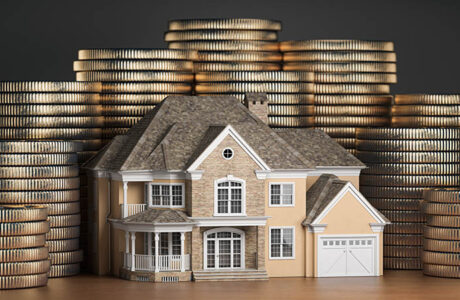


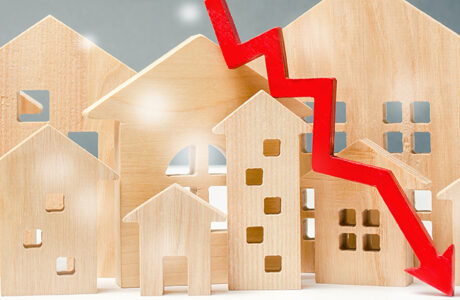





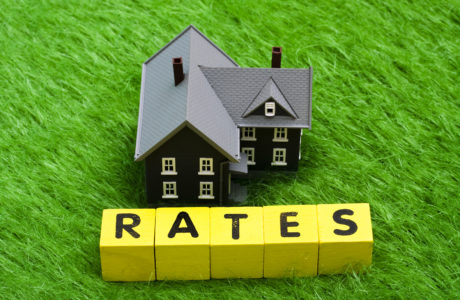
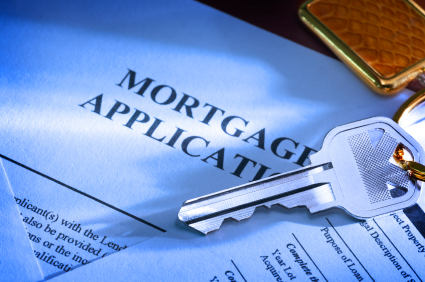





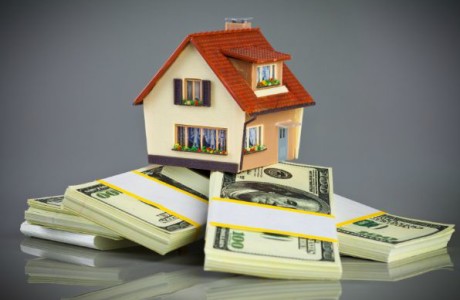
















Comments are closed.